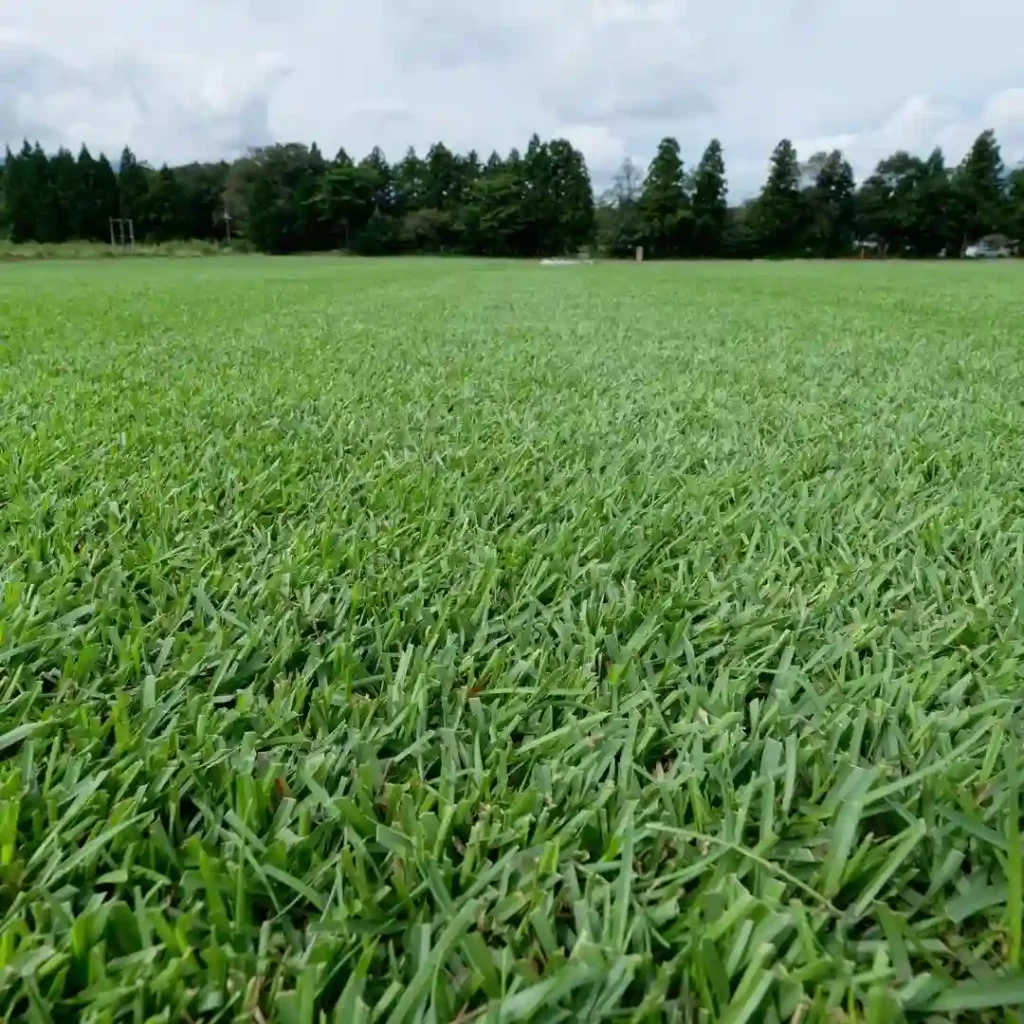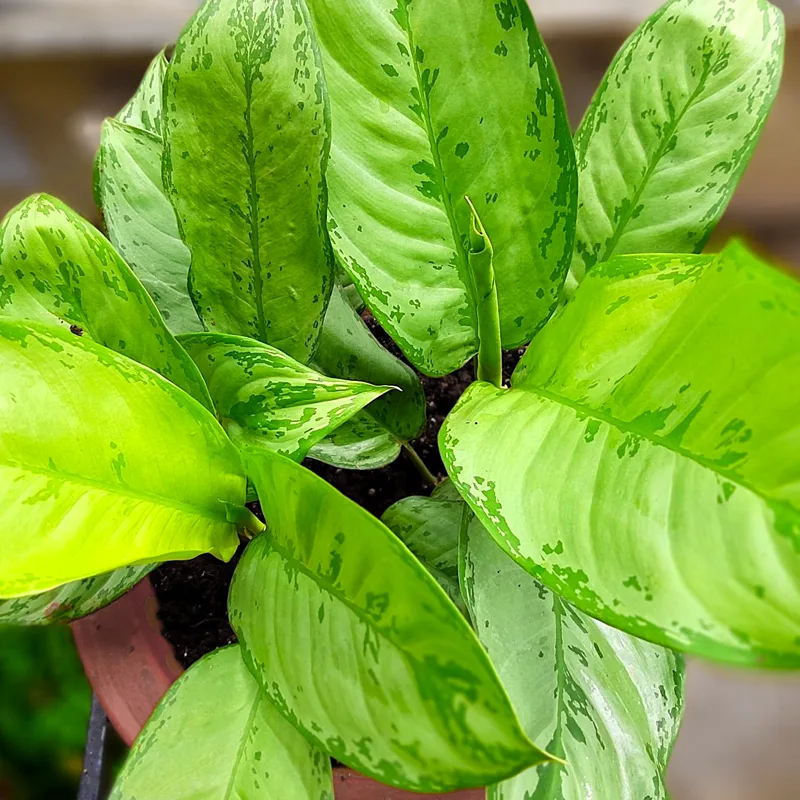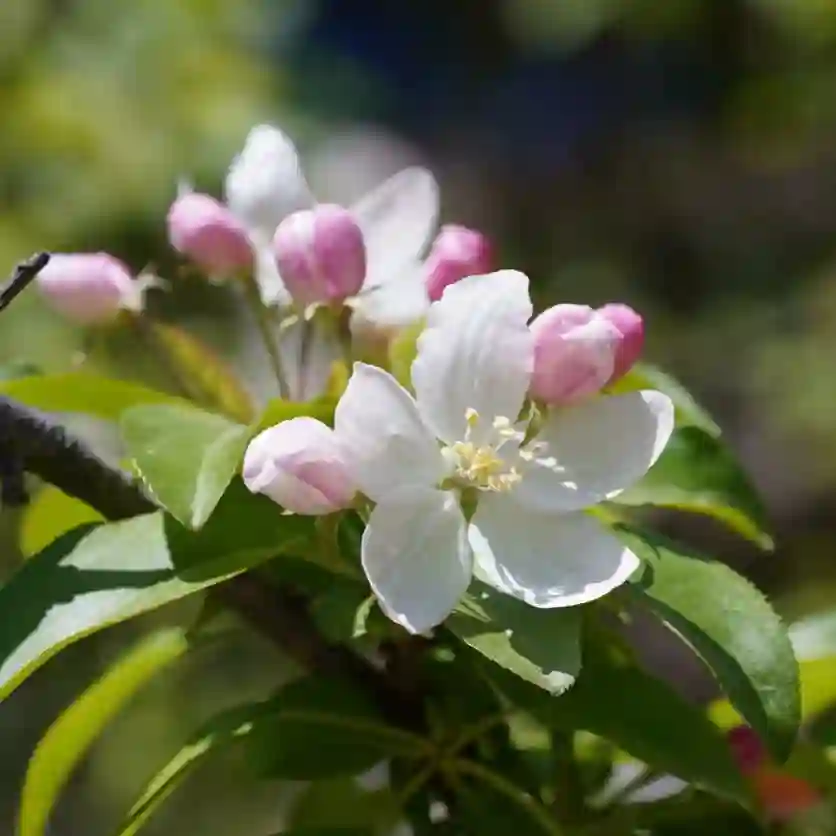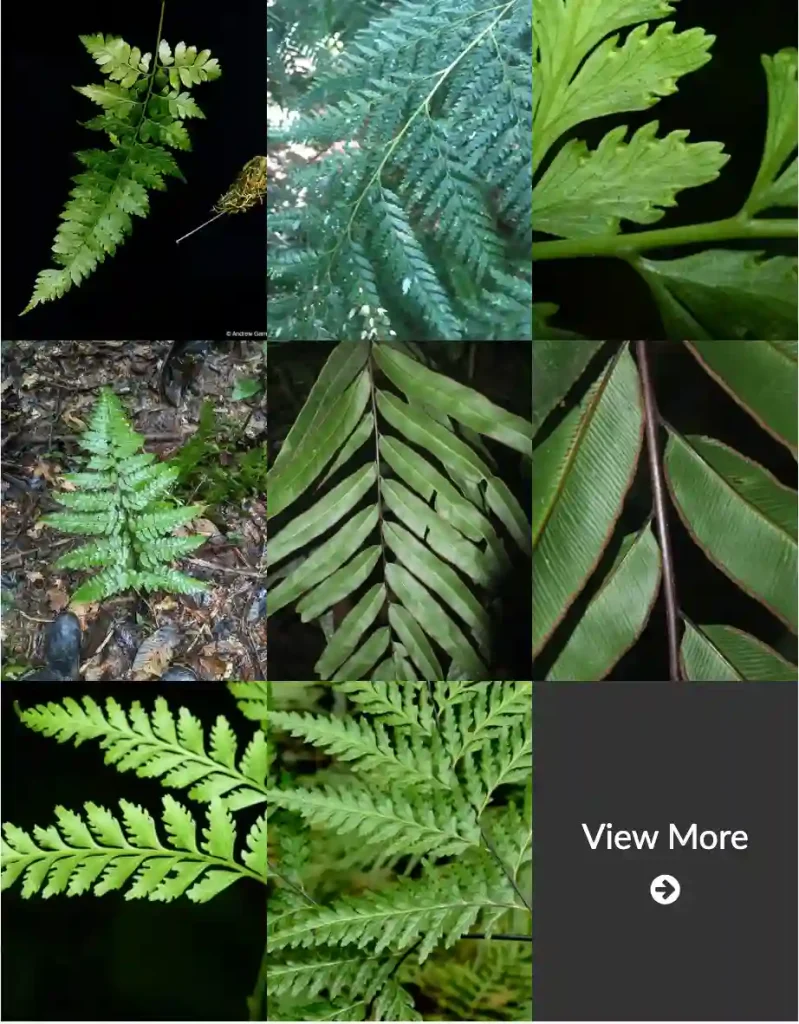The Enthralling Nepenthes Lowii: A Highland Carnivorous Majesty
For the past few years, I’v been utterly captivated by the world of carnivorous plants. These botanical marvels defy the norm, actively trapping and consuming insects to supplement their nutrient intake. Among them, the Nepenthes lowii stands out as a truly regal specimen. Its captivating pitchers and climbing vines have become a source of fascination in my collection.
However, cultivating this highland Nepenthes isn’t for the faint of heart. It requires specific conditions to thrive, and even seasoned carnivorous plant enthusiasts might find it a challenge. But for those willing to put in the effort, the rewards are more than worth it.
Plant Family: Nepenthaceae – 207 Species in Genus Nepenthes
What is Nepenthes Lowii?
Nepenthes lowii is a captivating carnivorous pitcher plant endemic to the mountains of Borneo. Unlike its lowland cousins, it thrives in cool, humid environments with significant temperature fluctuations. This “highland” Nepenthes produces two distinct pitcher styles. In its juvenile stage, it forms squat, rounded “lower pitchers” that hug the ground. As the plant matures, it begins producing spectacular “upper pitchers” – elongated, trumpet-shaped structures adorned with vibrant red and green hues. These upper pitchers are the true stars of the show, luring unsuspecting prey with their color and nectar before trapping them in a pool of digestive fluid.
How to Grow Nepenthes lowii?
Growing Nepenthes lowii successfully requires mimicking its natural highland habitat. Here are some key factors to consider:
- Temperature: This is paramount. Nepenthes lowii thrives in cool to cold temperatures, ideally between 50-70°F (10-21°C) during the day with nighttime dips as low as 45°F (7°C). Avoid hot and humid conditions, which can be detrimental.
- Light: While Nepenthes lowii appreciates bright, indirect sunlight, it’s not a fan of intense, scorching rays. Filtered sunlight through a sheer curtain or a shaded location in a brightly lit room is ideal.
- Humidity: High humidity is crucial. Aim for a consistent range of 70-80%. This can be achieved using a humidifier, pebble tray, or terrarium setup.
- Watering: Use only distilled water or rainwater to avoid mineral build-up. Water deeply when the potting media approaches dryness, but avoid leaving the plant waterlogged. Nepenthes lowii prefers a slightly moist, well-draining environment.
- Potting Media: Forget about traditional soil. Opt for a well-aerated, fast-draining mix specifically designed for carnivorous plants. A common recipe includes sphagnum moss, perlite, and orchid bark.
- Feeding: While Nepenthes lowii obtains nutrients through trapping insects, occasional supplemental feeding can be beneficial. Consider offering small, live insects like bloodworms or flightless fruit flies every few weeks. However, avoid overfeeding, as this can negatively impact pitcher production.
- Potting: Choose a pot with ample drainage holes. As Nepenthes lowii is a climber, a tall pot or a hanging basket can be ideal for accommodating its eventual size.
- Support: Provide climbing support as the plant matures. A moss pole or trellis works well.
- Repotting: Repot your Nepenthes lowii every 2-3 years, using fresh potting media.
Patience is Key: Common Challenges and Solutions
Growing Nepenthes lowii requires patience. It’s a slow-growing plant, and it might take years to see those magnificent upper pitchers. Additionally, maintaining consistent cool temperatures and high humidity can be challenging, especially in warm climates.
Here are some solutions to address these common challenges:
- Temperature Control: Consider using a dedicated terrarium or growth chamber to provide ideal temperature and humidity levels.
- Humidity Boost: Invest in a humidifier or create a DIY humidity tray using a shallow dish filled with pebbles and water.
By understanding its needs and providing meticulous care, you can cultivate a thriving Nepenthes lowii that will reward you with its otherworldly beauty for years to come.
If i die, water my plants!



